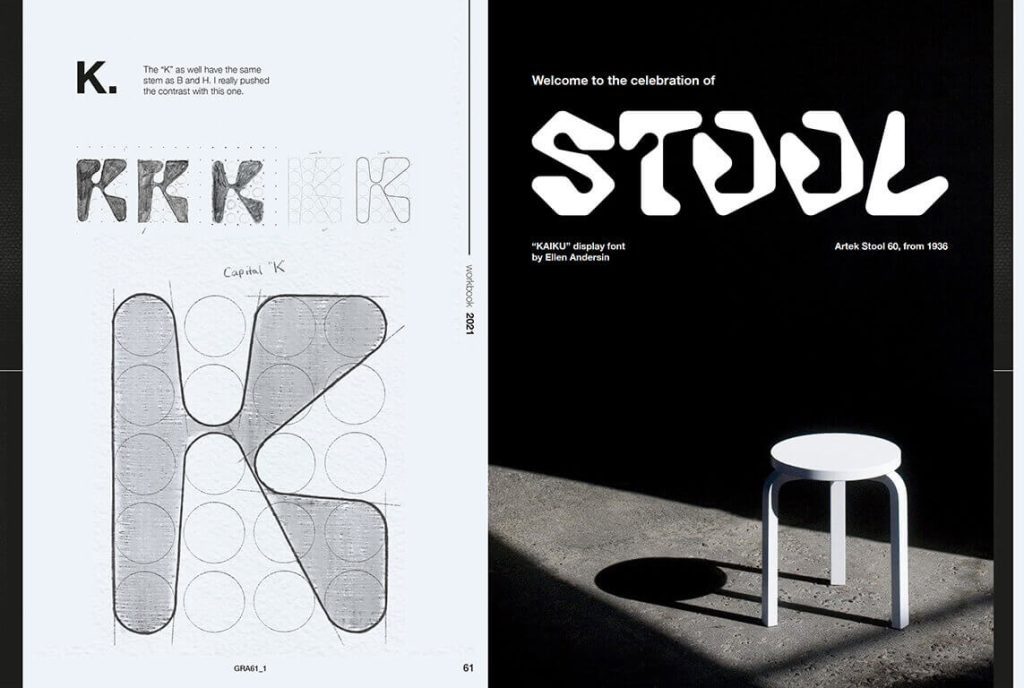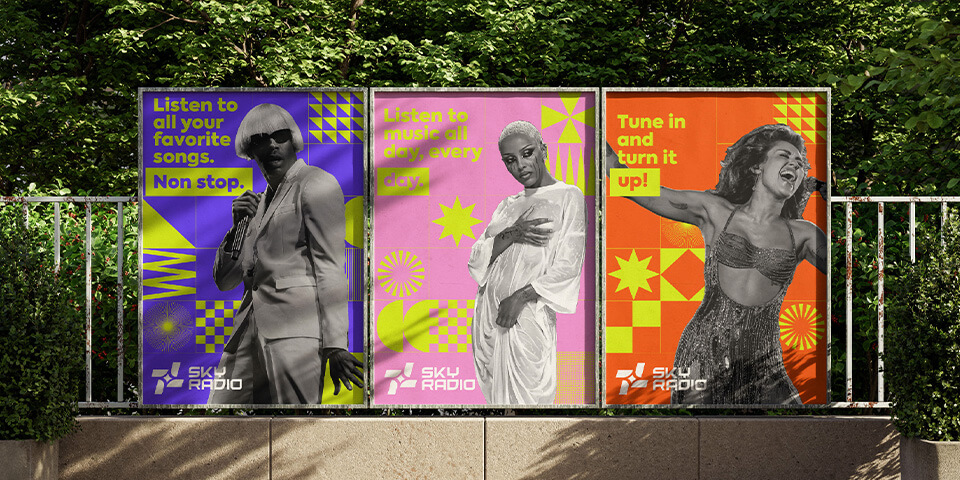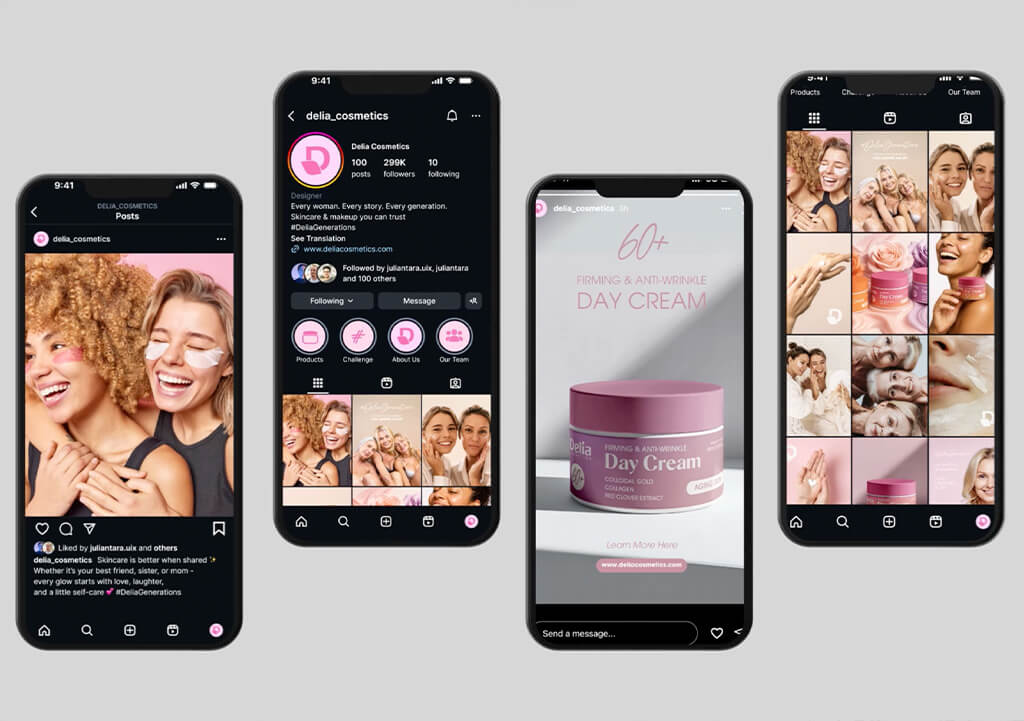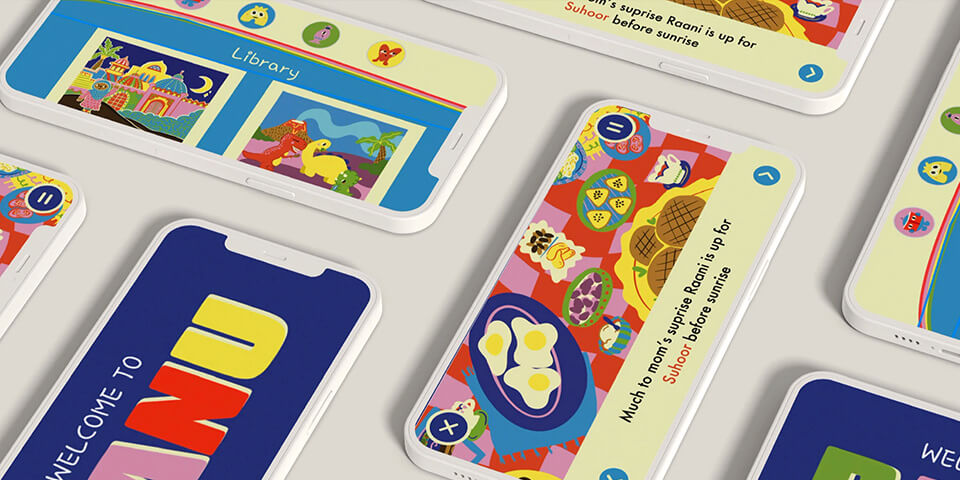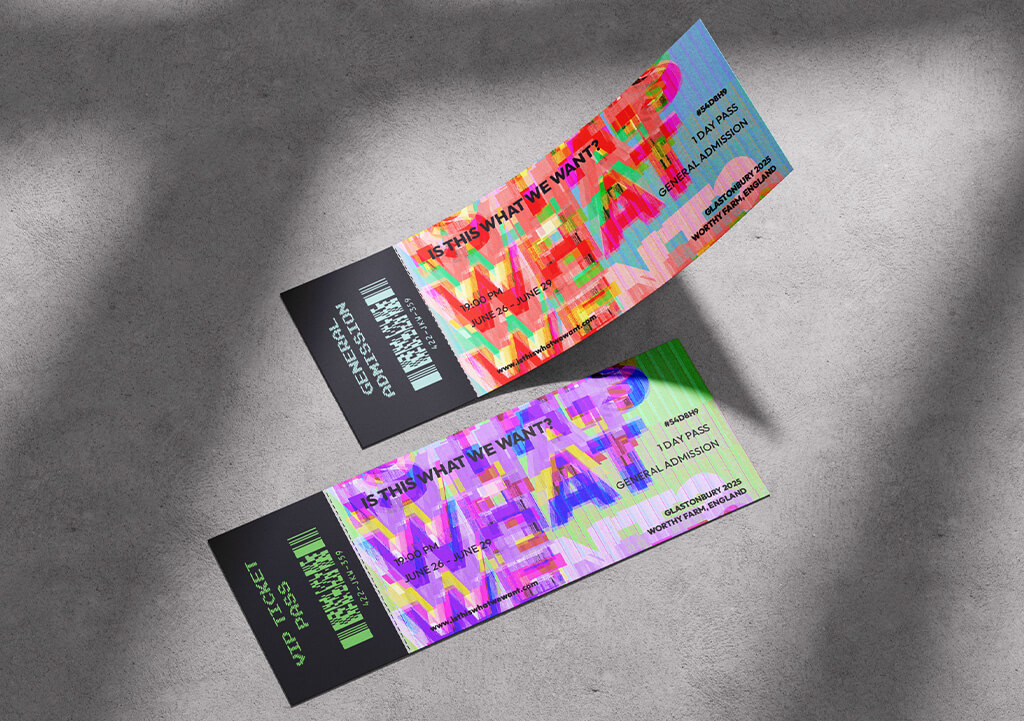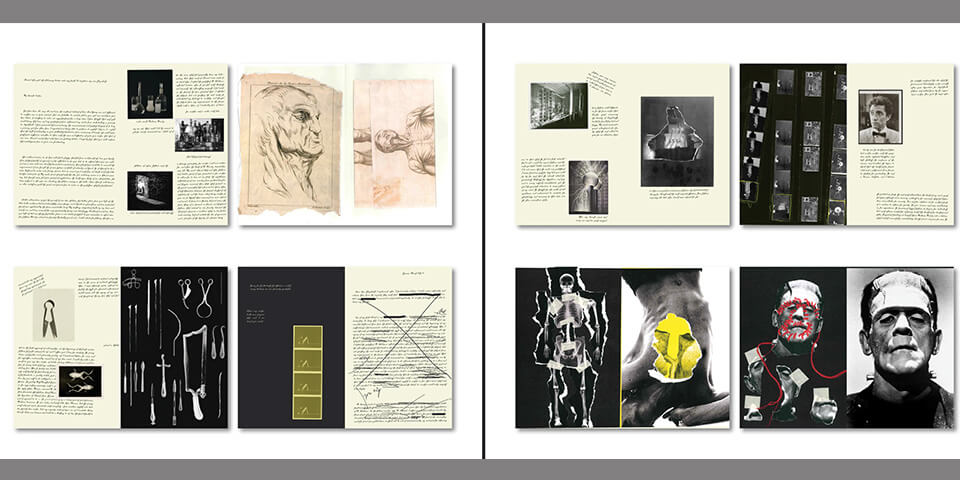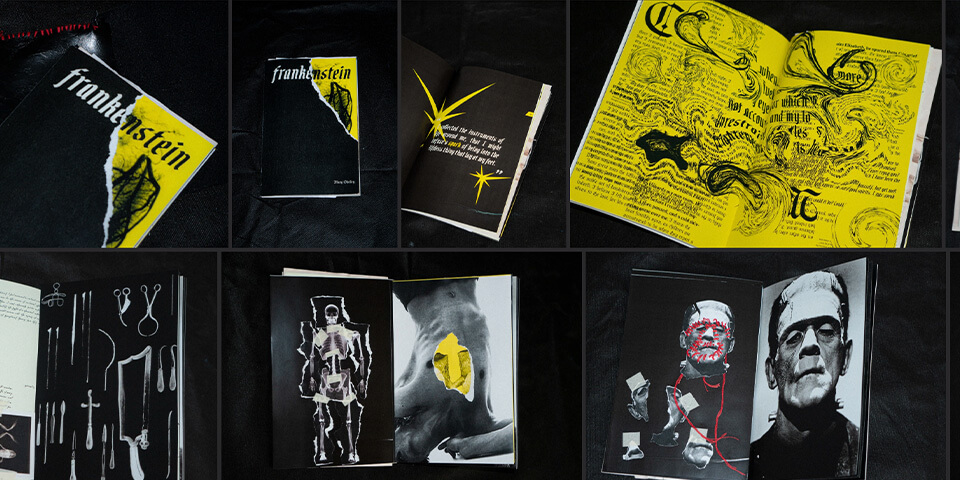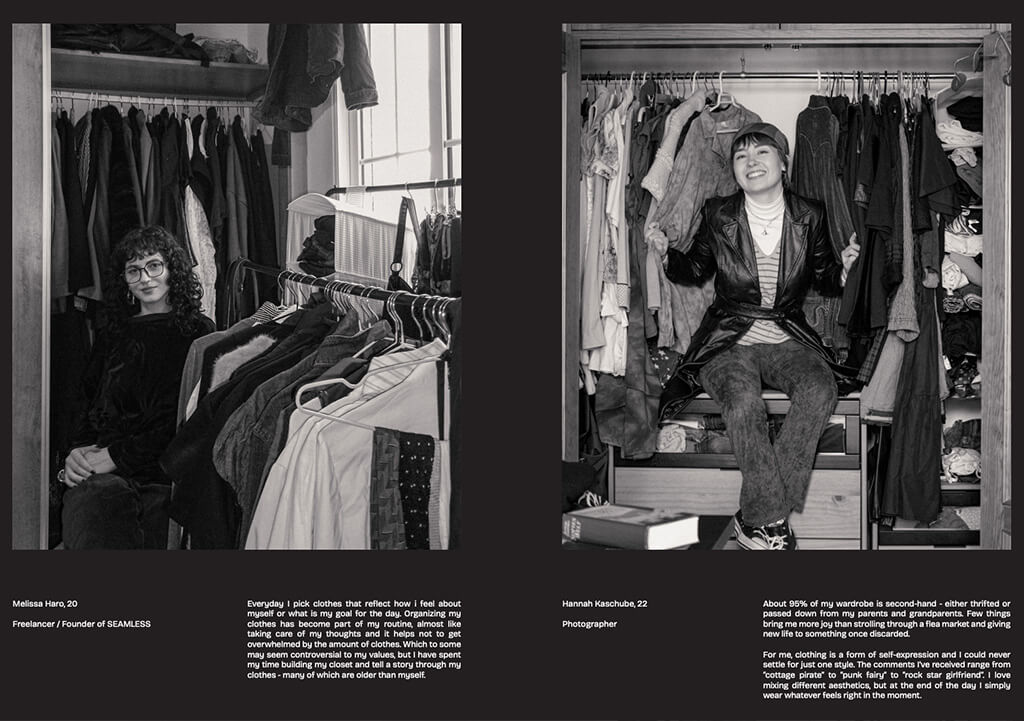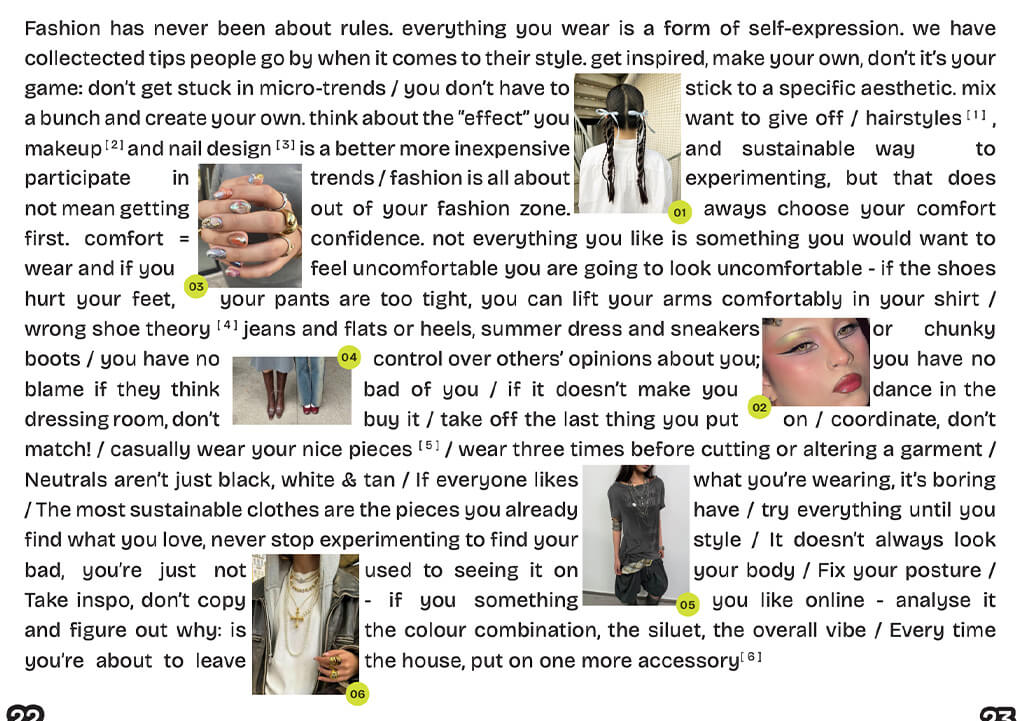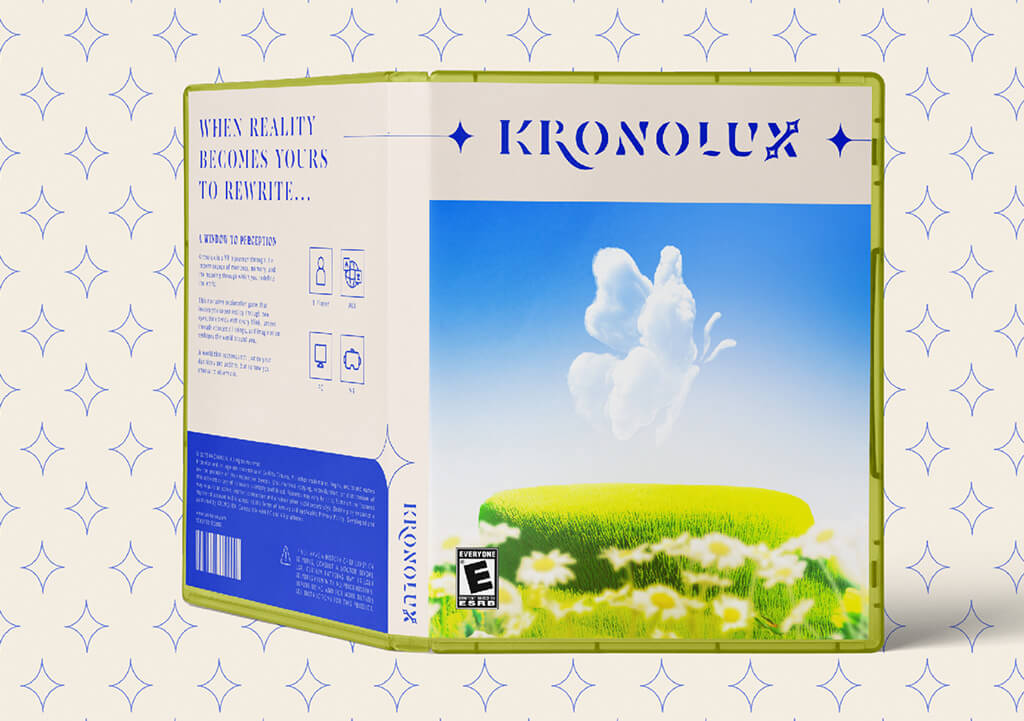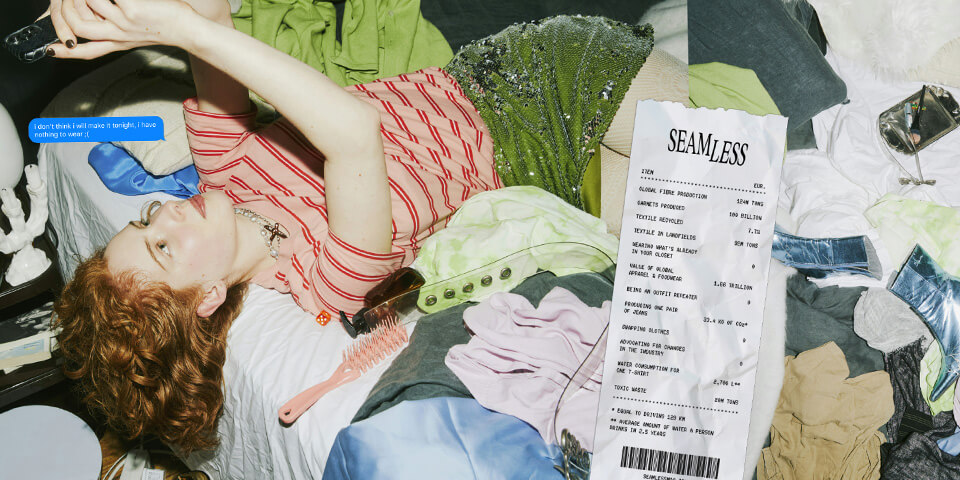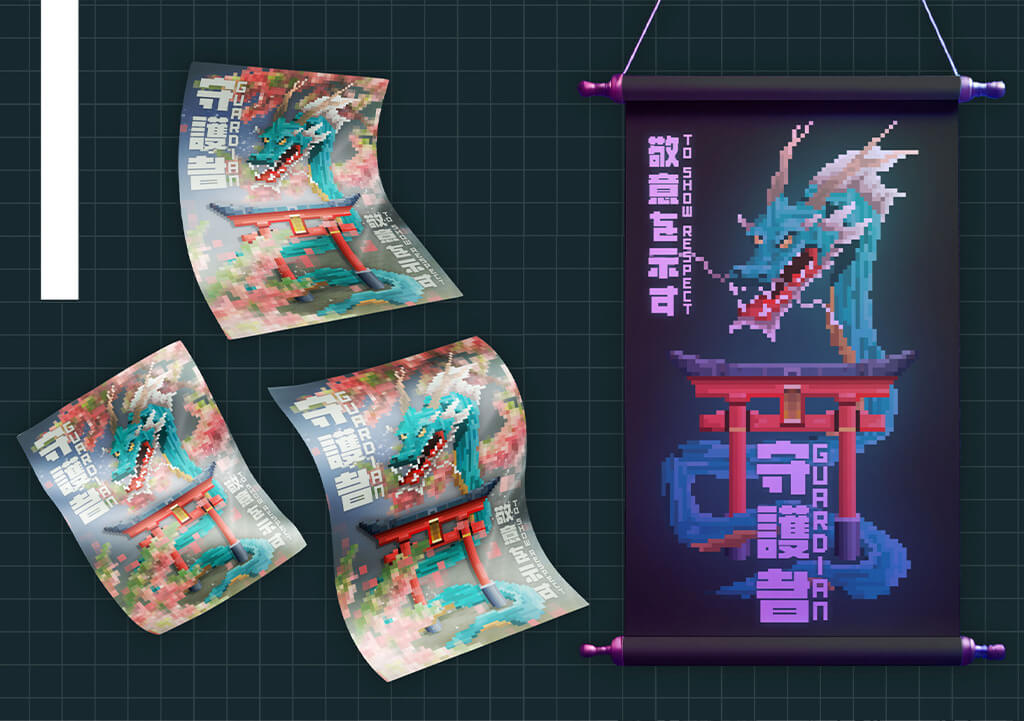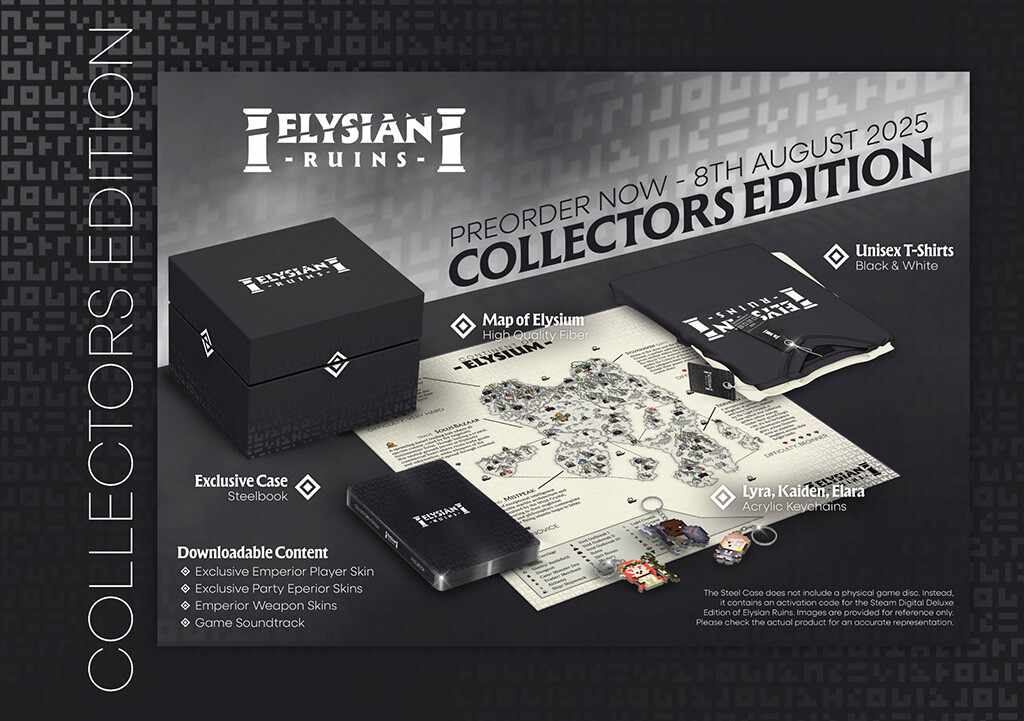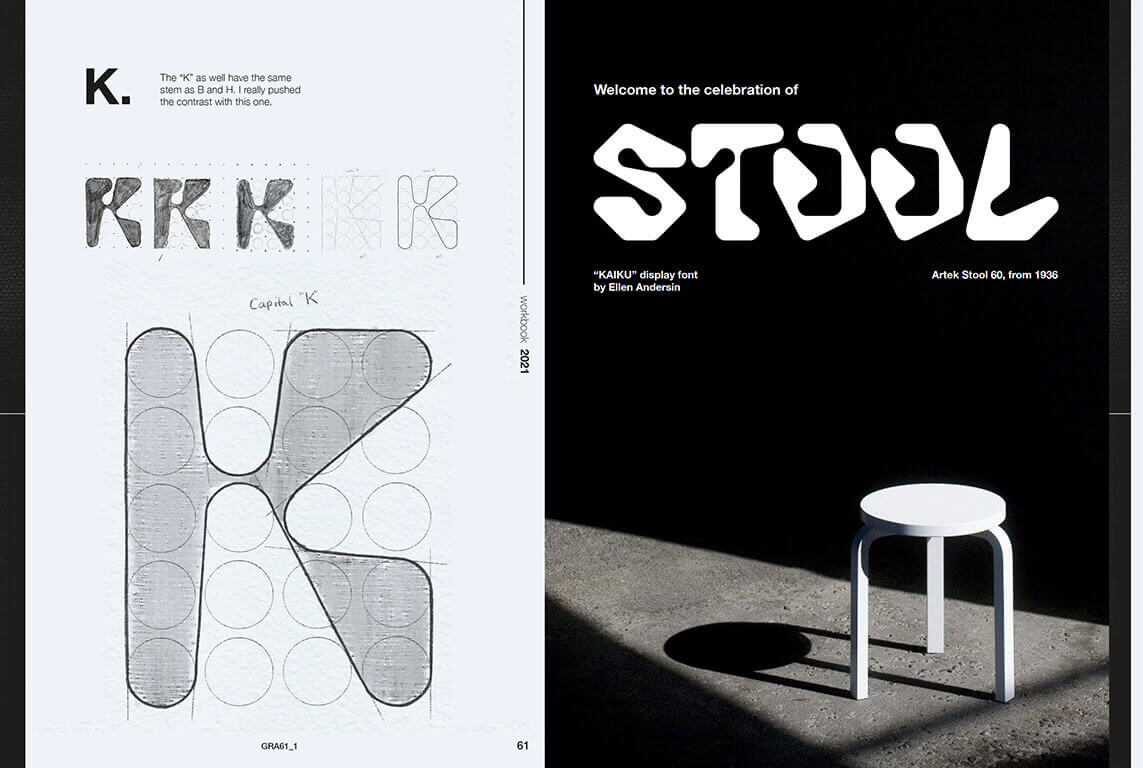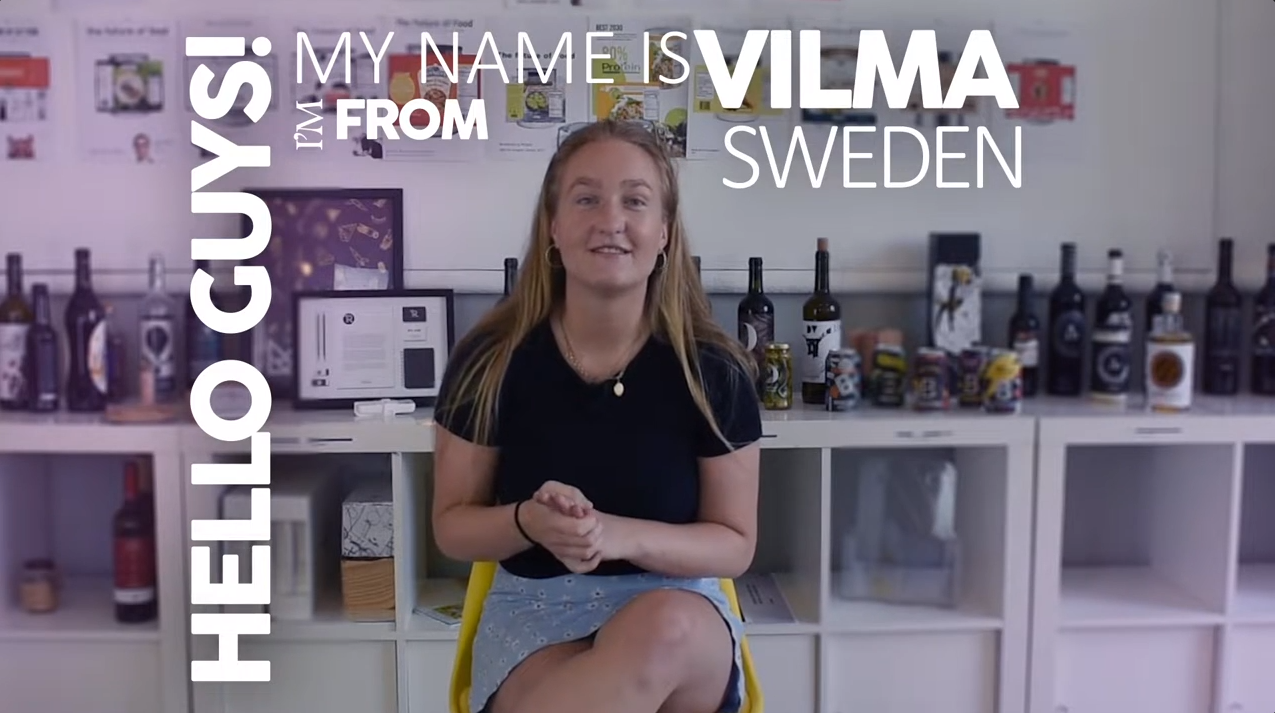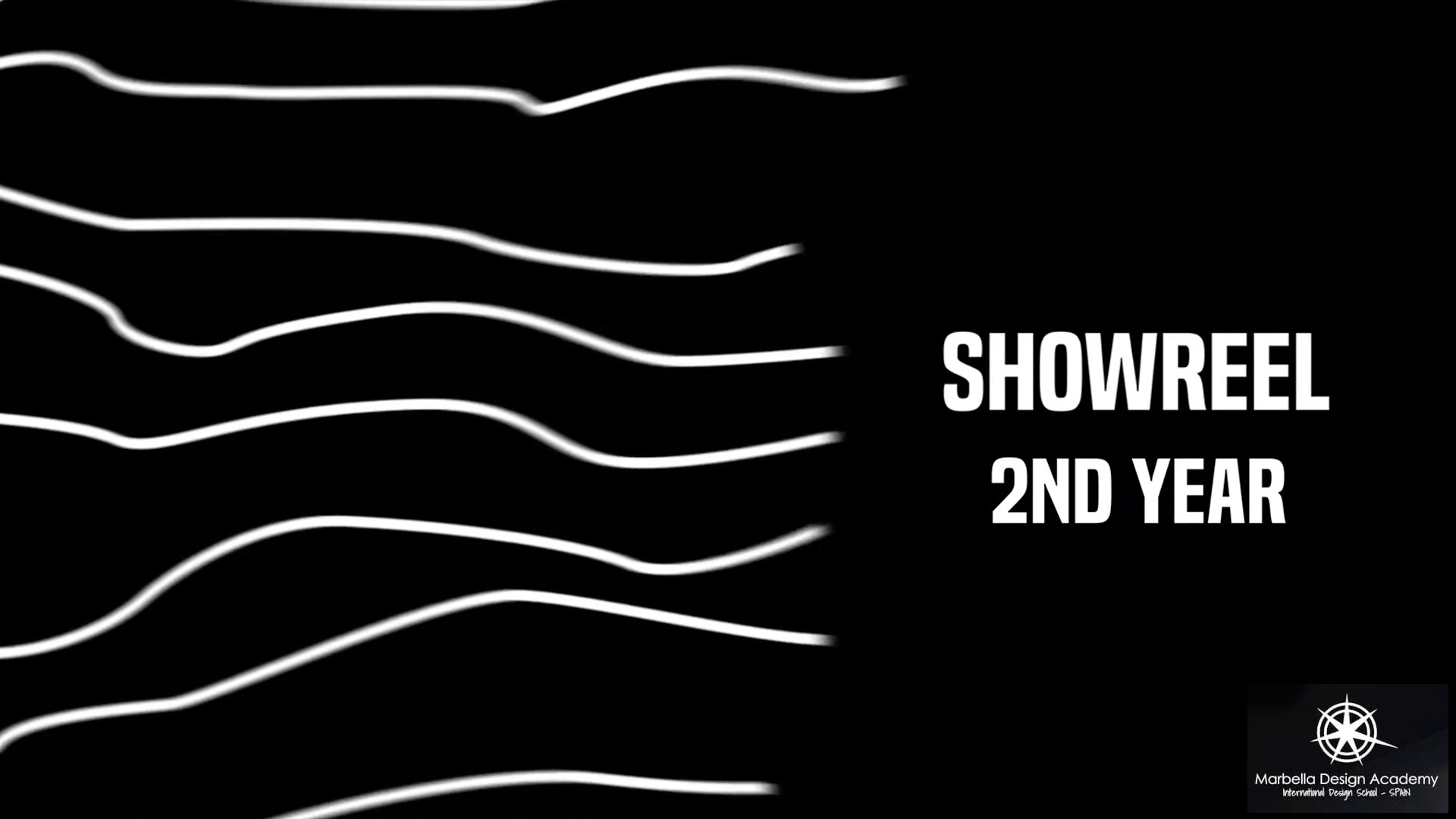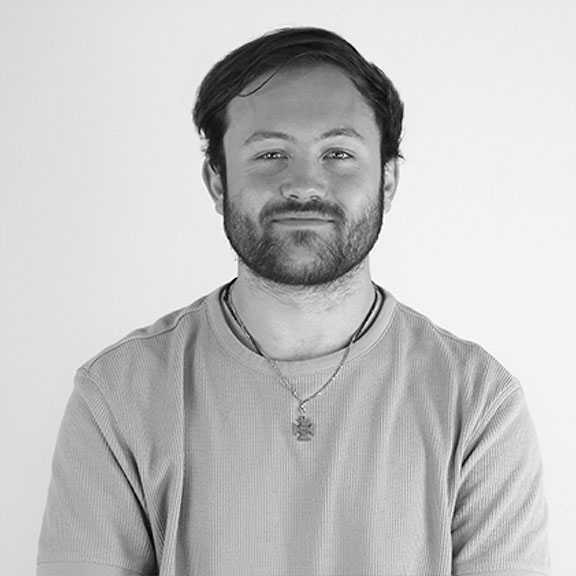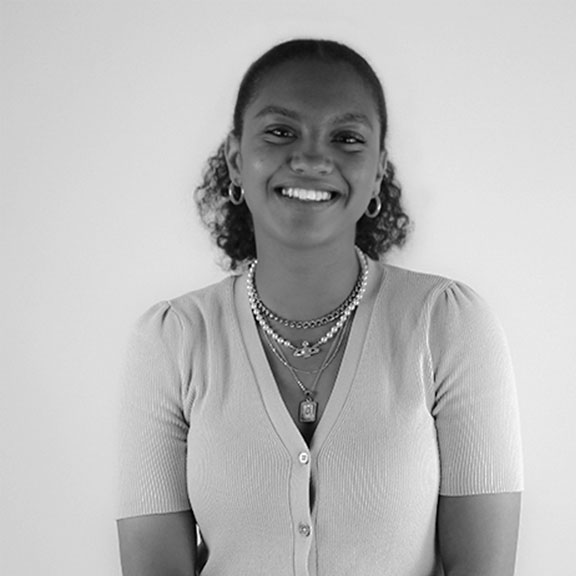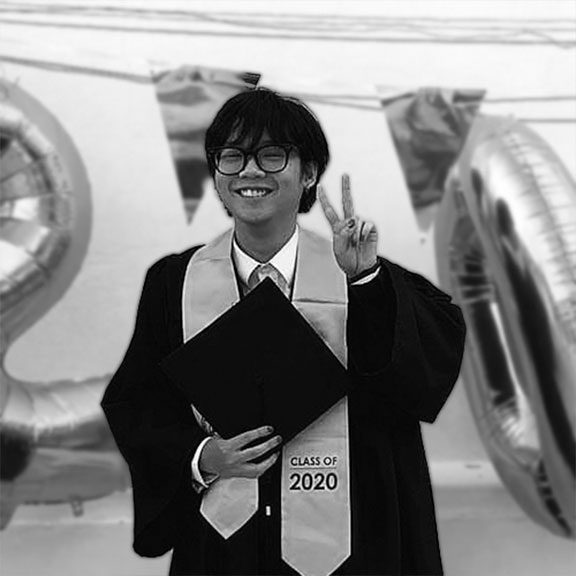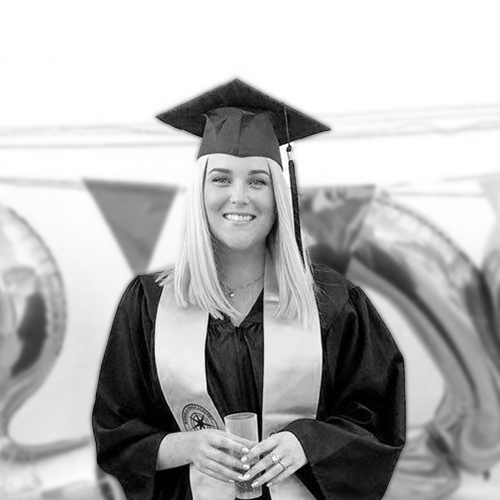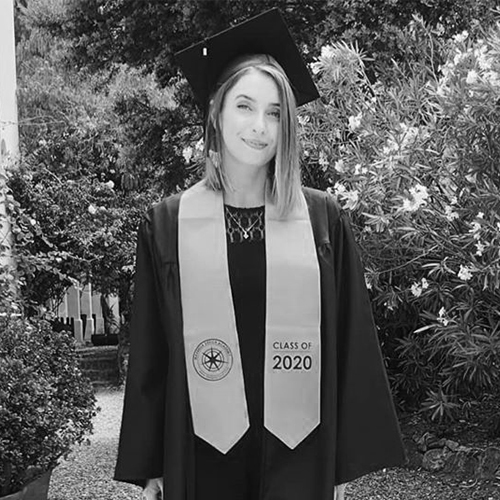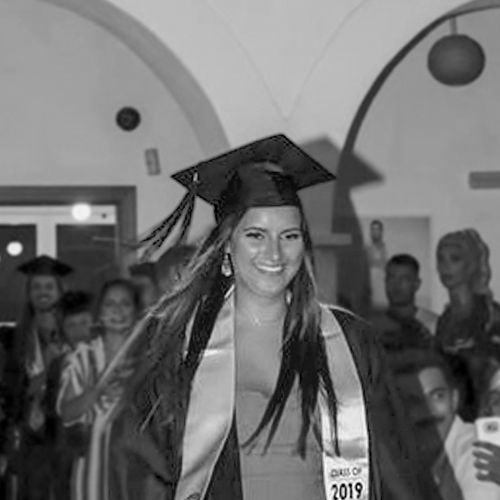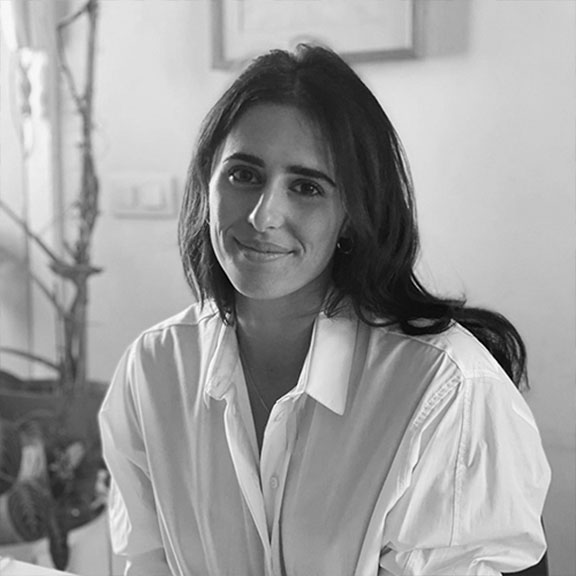Bachelor of Arts with Honours Validated Programme
Graphic Design
& Media
Study Graphic Design & Media in English at Marbella Design Academy in sunny Spain and be awarded a UK Bachelor of Arts with Honours degree in Graphic Design & Media by our UK partner, the University of Bedfordshire.
Missed the September intake? Start in January and graduate in 2.5 years with our Accelerated Programme.
Graphic Design & Media BA (Hons): Designing the Future
Graphic design has evolved from simple aesthetics to the creation of dynamic, multi-platform brand ecosystems. As the world becomes increasingly saturated with images, the ability to cut through the noise with meaningful, strategic visual communication is more critical than ever.
The Skillset
Marbella Design Academy’s programme empowers you to become a high-level visual communicator by mastering the core pillars of the modern market:
- Visual Storytelling & Infographics: Develop the art of narrative design and the creation of compelling infographics. You will learn to transform complex data into visual stories that resonate emotionally and intellectually with global audiences.
- UI/UX Design: Master the art of user experience and interface design, creating intuitive, digital-first solutions that prioritise functionality and user engagement.
- Modern Editorial & Typography: Master contemporary layout design and typography, learning how to create flexible type systems that maintain impact across both high-end print and digital screens.
- AI as a Creative Partner: We view AI not as a threat, but as a powerful co-pilot. You will learn to leverage generative tools to boost your productivity, automate repetitive tasks, and rapidly prototype concepts, allowing you to focus on high-level creative vision.
The Strategic Creative
In an era of visual overload, your true value lies in design strategy and human-centered problem solving. Guided by our international faculty, you will refine your ability to decode complex briefs and lead as a catalyst for social and cultural change. Our graduates don’t just create visuals; they lead the international industry with the professional standards and vision required to thrive in a complex, fast-paced world.
Our BA Accelerated programme is now open for registration
If you missed the September intake, you can start your BA Validated programme in January 2026. This accelerated programme allows you to graduate in just 2.5 years without losing a year.
This programme provides a condensed and comprehensive start. You will begin your studies in January and complete your entire first year by August. Our curriculum has been specially designed to cover the same rigorous material as the September intake, ensuring that you are fully prepared.
In September, you will confidently join our second-year students, fully integrated into the main BA (Hons) programme. There’s no need to “catch up”—you’ll be right on track.
Our January Accelerated Programme offers a strategic path to achieving a world-class design education without losing a year.
To join the BA Accelerated Programme, please apply using the January intake date.
Why should you study Graphic Design & Media at Marbella Design Academy?
Our curriculum is based around holistic project-based teaching that emphasises a multidisciplinary approach to design practice informed by research and analysis.
You will develop skills in design thinking, design software, advertising, photography, editorial design, printing, digital publishing, packaging, video, motion graphics, UI/UX and many subjects within the context of visual communication.
Being a graphic designer is a wonderful profession full of creativity and exciting assignments.
As they say: “Do what you love, and you will never work a day in your life”.
Validations and state recognitions
After graduation from Marbella Design Academy, you are awarded your official BA (Hons) degree in Graphic Design & Media, validated and awarded by the University of Bedfordshire (UK).
The Bachelor of Arts (Honours) degree awarded by the University of Bedfordshire are a fully accredited and internationally recognised qualification. They are UK honours degree, regulated by the Office for Students (OfS) quality assessment body for Higher Education.
When awarded your official BA (Hons) degree in Graphic Design & Media, you can apply for a Master’s Degree at University of Bedfordshire or any other University of your choice.
Next available intakes are:
07th January 2026
21st September 2026
Tuition Language: English
Duration: 3 Years
Schedule: Full-time tuition schedule

When awarded your undergraduate Bachelor of Arts degree from the University of Bedfordshire, you can apply for our Master’s Validated Programme in Innovative Design, or for any Master’s programme at any university of your choice.
